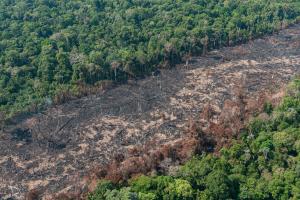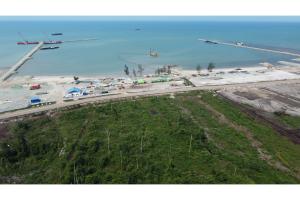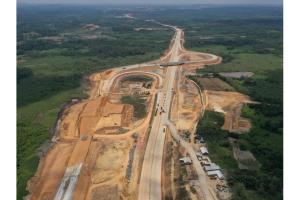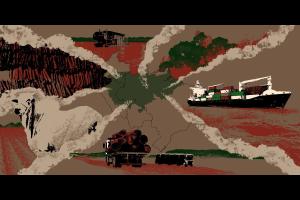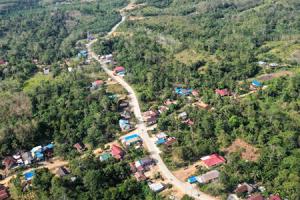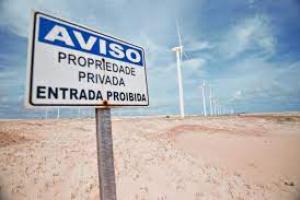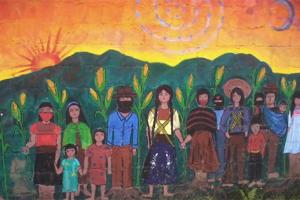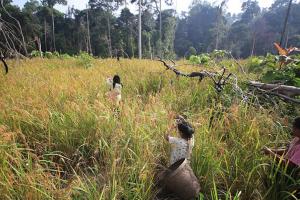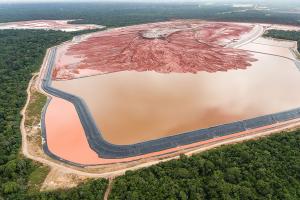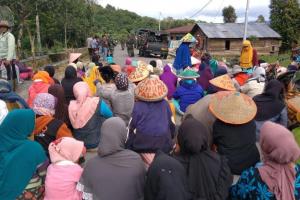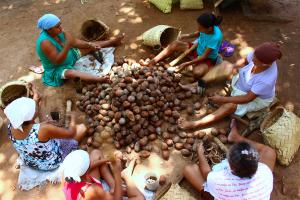Mega Dams and Other Infrastructure
Industrial operations require a vast network of infrastructure: roads, ports, waterways, railways, etc. They cut through forests and communities’ territories in order to transport commodities and minerals to industrial centres. Mega dams, although said to provide “clean energy,” flood forests and generate energy primarily for polluting industries and large urban centres.
The Balik People will bear the impacts of the plans to build a New Capital City mega-project in Borneo, Indonesia. Government officials and business elites in the country are certainly among those who will enjoy the benefits.
Available in Bahasa Indonesia.
In dominant models of energy production and consumption, the centralization of the energy matrix and the concentration of decision-making power remain, and with all the marks of inequalities, patriarchy and environmental racism, even if the source of energy has changed.
WRM spoke with close allies from Brazil, Gabon, India, Mexico and Mozambique, to hear from them and learn about their understandings of development.
The approval of a road construction inside the first Ecosystem Restoration Concession in Indonesia puts in evidence the inherent contradictions of such concessions. (Available in Indonesian)
While it was easy to see the smoke from the forest fires in Brazil, it was much harder to see what was behind the Brazilian government’s smokescreen: actions that will lead the rainforest to a swift death, destroying territories, livelihoods and the diverse cultures.
The growth of mineral extraction and metallurgical production, along with the consequent proliferation of toxic waste tailings dams, has occurred at the same rate as the emptying and bursting of tailings dams in several parts of the world.
“If our land, water sources, air and livelihoods are being destroyed by geothermal exploration and exploitation, how can this energy be called “clean”? “Clean” for whom?”
The construction of the Suzano Pulp and Paper mill—along with nearby highways, the constant transport of wood, and the massive influx of workers—has brought a lot of devastation to communities. This is the testimony of an activist who is fighting for the territory.
